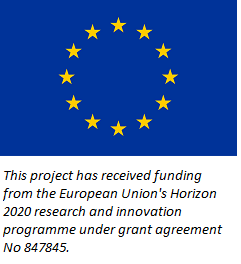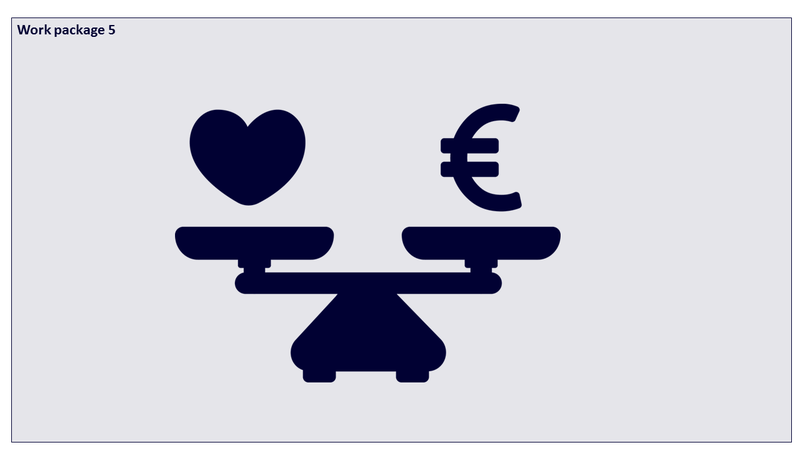
Cost-effectiveness modelling (WP5)
The developed risk profiles use data that are collected under current screening protocols. To estimate the impact of a new risk-based program on risks of cancer, precancer and harms, the profiles need to be integrated into a mathematical disease model. This model is an ensemble model of 14 parallel Markov-type models, one for each high-risk HPV genotype. Individual disease trajectories can be obtained from this model for a simulated cohort of women by means of microsimulation. We will use this model to evaluate risk-based programs that differ with respect to predicted health gains, screening-related harms, and costs and translate risk estimates into personalized screening recommendations. To realize this, we start with our mathematical disease models developed in CoheaHr, in which we describe the progression to cervical cancer in relation to infection of multiple oncogenic HPV types (Ref). We will extend the models such that it can facilitate personalized, risk-based screening recommendations. The use of disease modelling, in addition to prognostic and predictive epidemiological analyses, is widely considered as acceptable because the natural history from HPV infection to cervical cancer is the most well studied of any cancer and very well documented (Ref).

